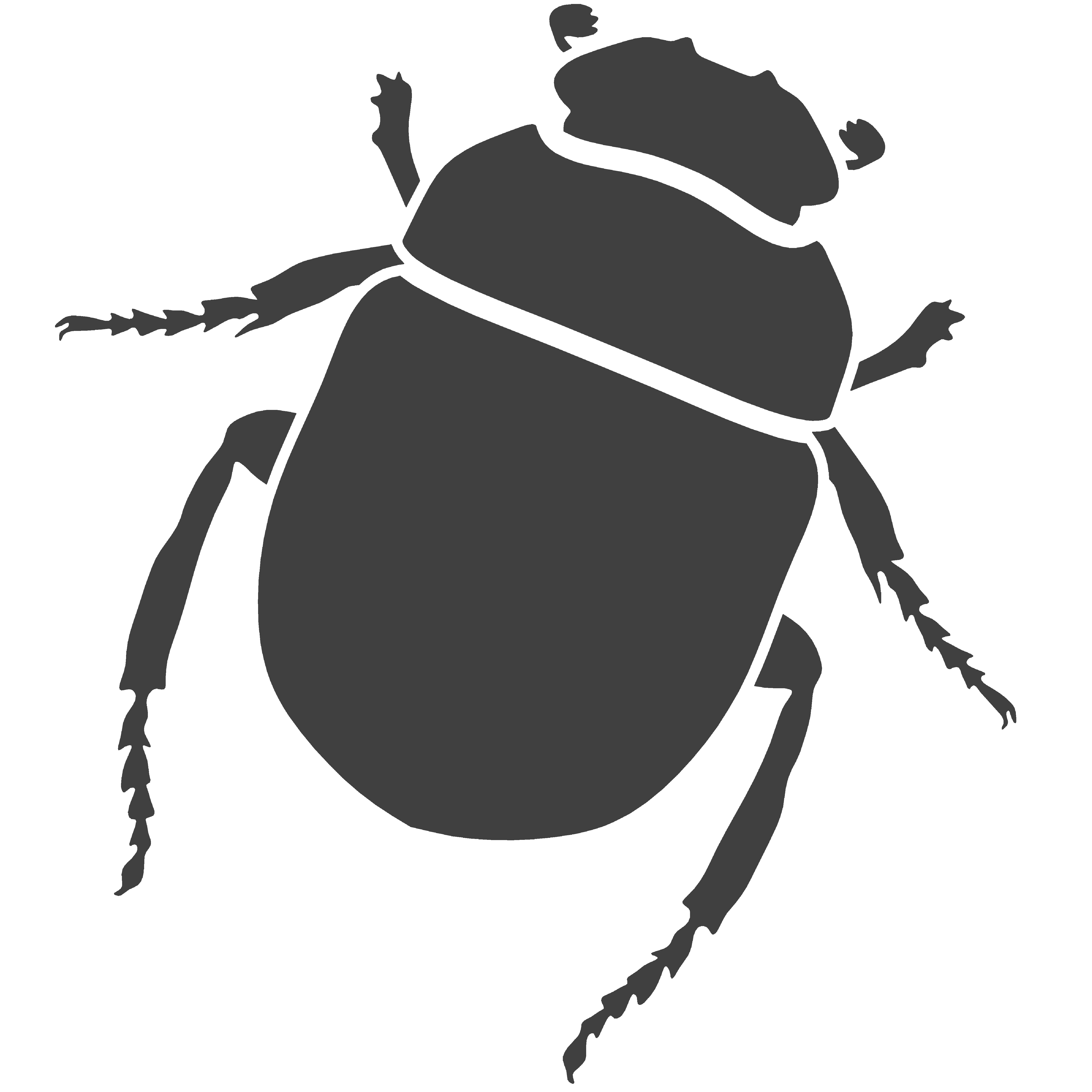Functions List
Algebraic Operations with Vectors
• +c
The function +c computes the sum between two vectors.
Parameters:
p – First vector
q – Second vector
Syntax:
(+c p q)
Example:
> (+c (xyz 1 1 1) (xyz 2 2 2))
#<xyz:3 3 3>
• -c
The function -c computes the subtraction between two vectors.
Parameters:
p – First vector
q – Second vector
Syntax:
(cx p)
Example:
> (-c (xyz 1 1 1) (xyz 2 2 2))
#<xyz:-1 -1 -1>
• *c
The function *c computes the multiplication
between a vector and a scalar, i.e., changes the intensity of the vector.
Parameters:
p – First vector
a – Scalar
Syntax:
(*c p a)
Example:
> (*c (xyz 1 1 1) 2)
#<xyz:2 2 2>
• /c
The function /c computes the division between
a vector and a scalar.
Parameters:
p – First vector
a – Scalar
Syntax:
(/c p a)
Example:
> (-c (xyz 1 1 1) (xyz 2 2 2))
#<xyz:-1 -1 -1>
• u0
The function u0 returns the UCS origin.
Parameters:
n/a
Syntax:
(u0)
Example:
> (u0)
#<xyz:0 0 0>
• ux and -ux
The function ux returns a positive unit vector
parallel to the X axis and the function -ux returns
a negative unit vector parallel to the X axis.
Parameters:
n/a
Syntax:
(ux)
(-ux)
Example:
> (ux)
#<xyz:1 0 0>
> (-ux)
#<xyz:-1 0 0>
• uy and -uy
The function uy returns a positive unit vector
parallel to the Y axis and the function -uy returns
a negative unit vector parallel to the Y axis.
Parameters:
n/a
Syntax:
(uy)
(-uy)
Example:
> (uy)
#<xyz:0 1 0>
> (-uy)
#<xyz:0 -1 0>
• uz and -uz
The function uz returns a positive unit vector
parallel to the Z axis and the function -uz returns
a negative unit vector parallel to the Z axis.
Parameters:
n/a
Syntax:
(uz)
(-uz)
Example:
> (uz)
#<xyz:0 0 1>
> (-uz)
#<xyz:0 0 -1>
• uxy and -uxy
The function uxy specifies the vector (xyz 1 1 0)
and the function -uxy specifies the vector (xyz -1 -1 0).
Parameters:
n/a
Syntax:
(uxy)
(-uxy)
Example:
>(uxy)
#<xyz 1 1 0>
>(-uxy)
#<xyz -1 -1 0>
• uyz and -uyz
The function uyz specifies the vector (xyz 0 1 1)
and the function -uyz specifies the vector (xyz 0 -1 -1).
Parameters:
n/a
Syntax:
(uyz)
(-uyz)
Example:
>(uyz)
#<xyz 0 1 1>
>(-uyz)
#<xyz 0 -1 -1>
• uxz and -uxz
The function uxz specifies the vector (xyz 1 0 1)
and the function -uxz specifies the vector (xyz -1 0 -1).
Parameters:
n/a
Syntax:
(uxz)
(-uxz)
Example:
>(uxz)
#<xyz 1 0 1>
>(-uxz)
#<xyz -1 0 -1>
• uxyz and -uxyz
The function uxyz specifies the vector (xyz 1 1 1)
and the function -uxyz specifies the vector (xyz -1 -1 -1).
Parameters:
n/a
Syntax:
(uxyz)
(-uxyz)
Example:
>(uxyz)
#<xyz 1 1 1>
>(-uxyz)
#<xyz -1 -1 -1>
• cross-c
The function cross-c computes the cross product,
or vector product, between two vectors.
Parameters:
p – First vector
q – Second vector
Syntax:
(cross-c p q)
Example:
> (cross-c (xy 1 5) (xy 2 4))
#<xyz:0 0 -6>
• dot-c
The function dot-c computes the dot product, or
inner product, between two vectors.
Parameters:
p – First vector
q – Second vector
Syntax:
(dot-c p q)
Example:
> (dot-c (xy 1 5) (xy 2 4))
22
• norm-c
Given a vector, the function norm-c will normalize
the vector, i.e., the intensity of the given vector will be converted to 1, and keep
its direction.
Parameters:
p – Vector
Syntax:
(norm-c p)
Example:
> (norm-c (pol 10 pi/4))
#<xyz:0.7071067811865476 0.7071067811865475 0>
> (norm-c (pol 10 0))
#<xyz:1 0 0>
 ROSETTA
ROSETTA